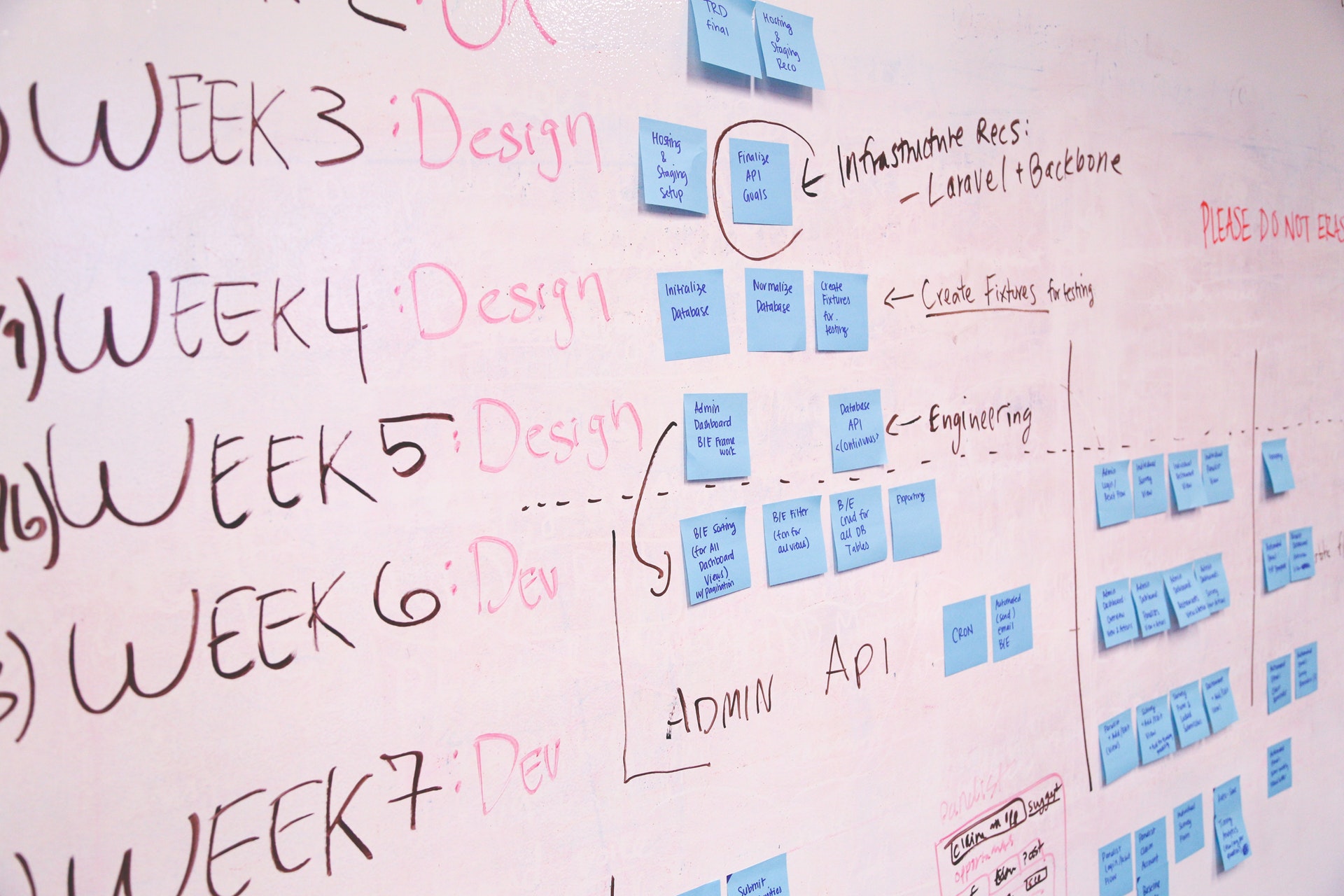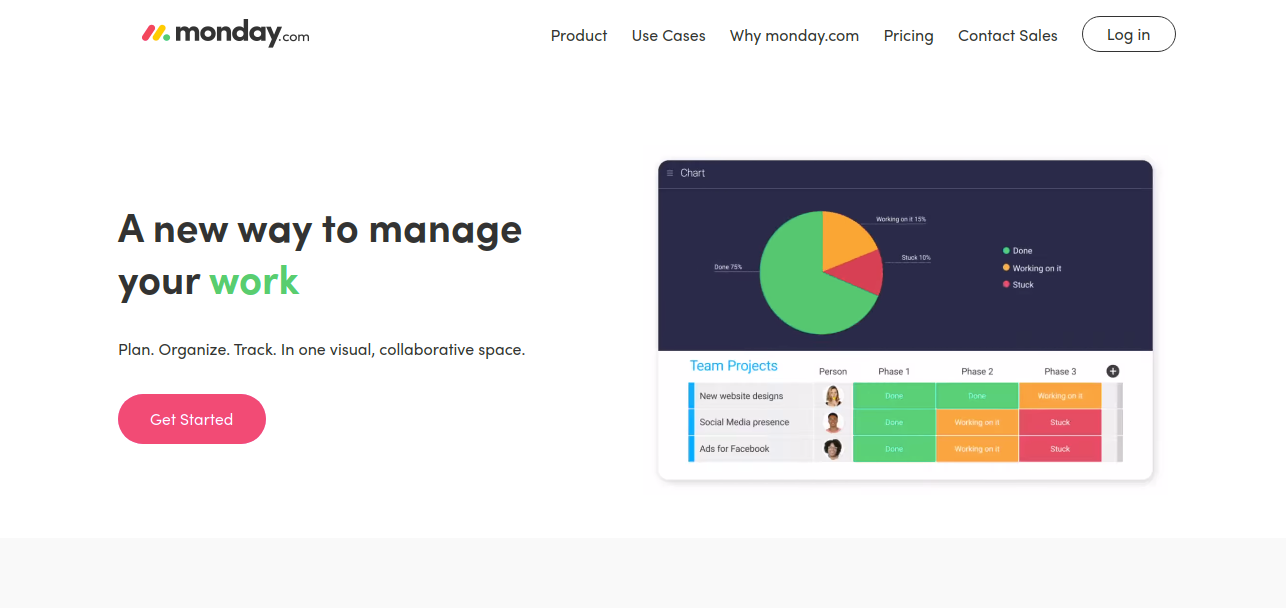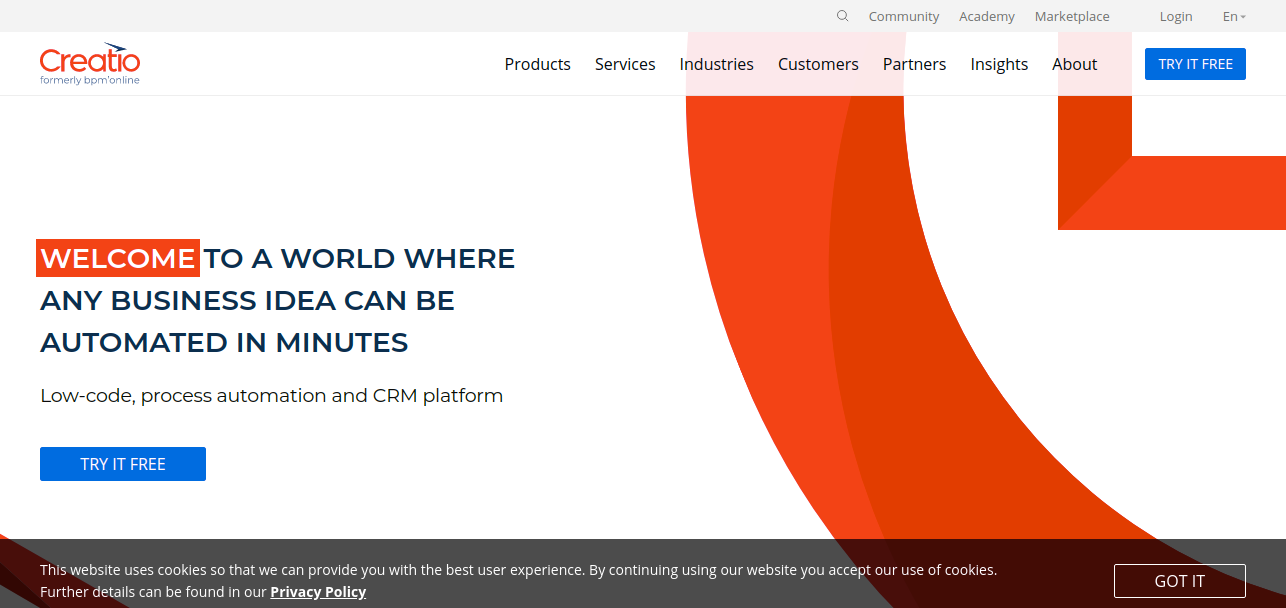Technology has taken the world by storm. Be it business, education or project management, there is no domain left that is untouched by its impact. Fortunately, the world of project management has also undergone a positive transformation. We have said goodbye to the obsolete systems which were rather costly, confusing and cumbersome to deal with.
Project management applications and systems have come a long way in providing customization and ease to the users. Businesses and organizations prefer to use these systems to scale up their productivity. They have also changed the dynamics of workflow management. Managing work has undergone a revolution with these workflow management systems.
Table of Contents
What Does Workflow Management Mean?

Workflow management refers to the process of coordinating the various tasks that collectively make up the work a team or an organization does. The term “workflow” is basically a sequence of tasks and subtasks that are part of a project. The purpose of workflow management is to make sure that achieved results are in compliance with the defined goals.
Workflow management represents a management discipline that focuses on the structure within which an organization or a team (remote or in-house) works and collaborates. The level of visibility that comes from practicing workflow management plays a crucial role in business process improvement. This management discipline generally requires a software solution that makes it easier to keep track of the work and automate the various parts of it.
Workflow Management vs Task Management—What’s The Difference?

Many consider “task management” and “workflow management” interchangeable terms. But they’re nowhere being correct. These are two completely different terms that are used to define two completely different, equally important management disciplines.
Understanding the difference:
What is it…
Task management simply refers to the process of managing a task through its life cycle. The process primarily concerns one-off tasks. On the contrary, workflow management is the process of systematic organization of a sequence of operations, the work of a person or group, to give a certain result and continuously improve the work process in terms of timeliness, inefficiency, and ineffectiveness.
Critical function…
Task management is all about managing tasks and the ability to get them done. However, when it comes to workflow management, your major concern is to track a process and gather metrics that could help to improve the process with ad hoc discussions.
Business impact…
Effective task management helps to reduce the duration of the project and help teams become more productive. Effective workflow management helps to ensure quality, consistency, as well as scalability of operations.
Understanding the connection…
Task management and workflow management are different, but interrelated. A project is usually divided into several tasks and subtasks, each one with a specific start date and due date. Now, the process of managing these tasks and getting them done as and when expected is task management.
Again, to manage a specific project and the associated tasks/subtasks, you’re going to need the right kind of work process or workflow. And that’s where workflow management applies. Overall, both task management and workflow management are needed to get what you want i.e. success.
What Is A Workflow Management System (WMS)?

Workflow management system (WMS) is a cloud-based software that supports the workflow management principle and let organizations and teams manage and control their daily tasks in an organized and hassle-free manner. If you often miss deadlines and even customers due to lack of effectiveness of your existing process or workflow, a workflow management system can be a solution to all your problems and you should seriously consider investing in one.
How Do You Analyze A Workflow?
As we said earlier, if your business is losing both projects and clients due to an ineffective workflow, you should consider using a workflow management software. But before you jump to any kind of decision-making, you need to do a quick analysis of what you already have. Here are a few steps to help you do your own workflow analysis.
Step 1: Collect data
Analyze the stats and reports of the workflow you want to examine. Find data such as total items initiated in the workflow over a specified period, number of items completed, the average time taken to complete each item, number of items failed or rejected, and number of items that needed additional resources for completion.
Step 2: Ask a lot of questions
The next step is to start asking the right questions. for example: “What is the purpose of a process?“, “Is it really needed?“, “What’s the best way to automate it?“, “What potential risks should you expect?“, and so on.
Step 3: Implement the changes
Once you’ve analyzed your workflow and found answers to all your questions, implement the changes that need to be done with the workflow. Consider using workflow management software for greater efficiency.
Step 4: Follow Up
Next, you have to analyze and improve your workflows continuously. Keep up with the latest trends and technology and see how they can be incorporated into your workflow management process to achieve better results.
What Does A Workflow Management System Do?

Now that you know what is workflow management and workflow management system (WMS), the next question is—why should you bother to invest in a workflow management system? Below are some of the most common ways a WMS benefits a project, a team, and an organization.
A quintessential workflow management system allows you to:
- Streamline the tasks and processes you do daily
- Have an internal knowledge base
- Seamlessly collaborate with team members
- Identify individual and group performance metrics over time
- Keep your workflow simple and make adjustments
- Include goal-setting in your team’s workflow
- Identify and eliminate bottlenecks
- Reduce the risk of error and re-work
- Promote continuous improvement
- Increase output and overall productivity
What Is The Best Workflow Management System?

With so many workflow management software making their presence felt in the market, it can be difficult for you to zero in software that perfectly fits the bill. Let’s discuss the key features of workflow management software that might help you narrow down your choices and find the best workflow management software for your projects and team.
Easy and user-friendly representation
The first step to streamline a process is to break and present in the form of stages. Often referred to as Kanban boards, this workflow visualization makes handling of tasks very easy. It should capture the entire activity chain and represent the flow of the project visually to the users. With this drag and drop methodology, one can easily keep everybody updated about the flow and the updates in a project. It enables everyone in a team to be on the same page. This eventually would help you to complete your tasks and projects on time.
Role-based access control
A good WMS is always designed in a way that allows role level access without disturbing the order of things. It should help team members involved in a project to understand their job responsibilities and key performance indicators (KPIs). People in various roles of a project should be able to update their own status without having access to the entire workflow. Moreover, it should allow the project manager to reassign the roles, if required, with absolute ease.
The flexibility of workflow patterns
Different projects have different workflows. Some are simple, while some complex, whereas, others can be in the form of inter-dependent tiers as well. A Kanban project management system should always offer enough flexibility in creating various workflow patterns. It should always allow you to account for parallel processes so as to not limit the functionality on any level. Ideally, a workflow management system should allow you to define and organize workflows, but not put constraints on them.
Defined responsibilities and time constraints
A good workflow tool should allow you to assign roles and amend them as per the requirements. Defining roles in a project allow the team members to gain clarity of their responsibilities and deliverables expected out of them. You can also add or reassign the task to other team members. As in every project, some team members leave and some are added to it from time to time. Thus, an agile workflow system should allow you to amend roles as per the need of the hour. Moreover, you can also put time constraints or deadlines so as to indicate the priority of a task or a project.
Have an internal knowledge base
The main purpose of employing a Kanban project management software is to provide everybody involved in a project – a centralized database of resources. This allows every team member easy access to information and projects. Thus, Kanban boards are a great way to collaborate and share communication regarding the progress and status of a project to the related people such as stakeholders, clients, etc. Moreover, it also allows them to comment, edit or share the information. They can also start discussions to take the project forward and solve problems at the task level.
The convenience of cloud hosting and mobility
In today’s fast-changing business environment, cloud-based systems are revolutionizing the traditional workplace every day. They are highly cost-effective, secure, easy to scale up and down and offer flexibility to the employees to work from anywhere at any time. Using this cloud-enabled technology exempts you to rely on the age-old on-site software without installing any additional hardware.
These days where teams are geographically dispersed at various locations, it has made collaboration much easier than before despite time and space constraints. Thus, it stands tall in fostering world-class collaboration and improved productivity at the workplace.
How Much Does A Workflow Management Software Cost?

The cost of a web-based workflow management system has seen some drastic changes. From being high-cost premium solutions that can break your banks, the software has gone down to a very affordable monthly/yearly subscription. There are WMS that now offer you reasonable and simple pricing (no per-user fee) for all the basic and advanced tools and functionalities generally offered by the software.
Here’s the thing—today’s market is giving you a wide range of choices for features that you need. You just have to carefully evaluate all the available options, features, and functionalities so that you can get the most suitable software solution to match your workflow management requirements.
What Are Examples Of Workflow Management System?
#1 ProofHub

ProofHub is an all-in-one management solution for growing businesses and teams. ProofHub allows you to create easy and effective workflows with role-based access controls in order to streamline your routine tasks and projects. It provides seamless collaboration within team members alongside a centralized knowledge base. Moreover, it’s easy to use status representations and powerful reporting in a cloud solution takes away the worry of on-site server and software maintenance.
#2 ProWorkFlow

ProWorkFlow is a collaboration software and solution designed to enhance visibility and control across projects so that users can work seamlessly with their respective teams. The software comes packed with a scalable set of features and functions to fit the needs of every freelancer, small, medium, and large enterprise. With ProWorkFlow, you get a quick overview of all the active, finished, and future work via Homepage Dashboard and easy-to-use Gantt chart style timeline. Plus, you can keep everyone up-to-date on the project progress with instant messaging and one-click replies.
#3 Monday

Monday.com is basically a smart collaboration and communication platform that helps to keep everyone in sync in one place. The software streamlines discussions and contributions, thereby making it easier for all team members to stay in the loop and ensure high-level performance. The key highlights of the software include features like advanced customization, collaboration hub, real-time task monitoring, reporting options, and powerful integrations.
#4 Kissflow

Kissflow is a cloud-based workflow management platform that helps you design, create, and customize business applications. The platform promotes a lightweight approach to business process management. It has over 50 pre-installed business applications, including employee onboarding, mileage reimbursement, vendor payment, purchase orders, etc. all you gotta do is install the apps, edit them to your preferences, and build your own business applications.
#5 Creatio

Creatio formerly Bpm’online is a popular end-to-end business process management suite. It is designed to help companies test, improve, and stay on top of their processes irrespective of the continuously changing business landscape. The software makes it possible to track workflow changes and adjust those workflow changes anytime, anywhere. Bpm’online integrates seamlessly with an array of ERP, eCommerce, CRM, email, and social networking services. It is a user-friendly system with extensive and highly-configurable APIs.
As you investigate your options, keep these things in mind. Don’t settle for anything less than amazing when it comes to making your workflows quick and seamless.
Good luck!
